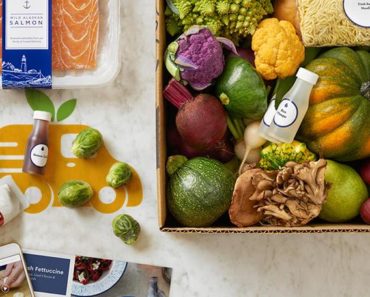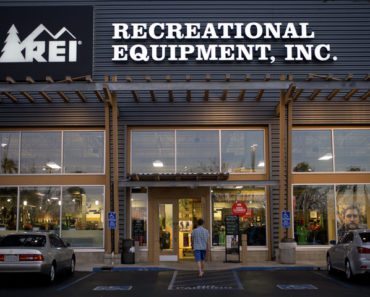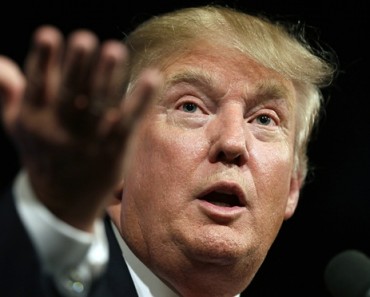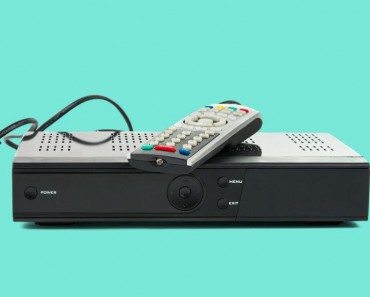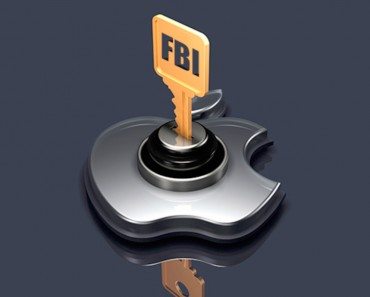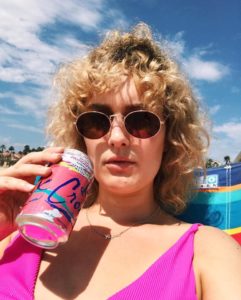
Photo: LaCroix
The Rebranding
LaCroix was born in the early 1980s in La Crosse, Wisconsin, near the banks of the Mississippi River. It was started by G. Heileman Brewing Company, seemingly as part of an effort to diversify beyond beer. The brand didn’t seem to gain much traction and it was sold to the National Beverage Corporation in 1996.
National Beverage rebooted LaCroix in the early 2000s with new packaging and a plethora of new flavors. LaCroix’s choice of can during their big relaunch was unorthodox to say the least. Its neon camouflage seemed to play on 80s nostalgia. This set it apart from the fancy glass bottles and the other water brands as it was water in a can, instead of in a plastic bottle.
Although this new branding seemed obnoxious, it ultimately gave the sparking water the upper hand.
“In a world where every consumer beverage (every whiskey, craft beer or kombucha) is designed to the nines and trying to out-hip the hip, this package somehow conjures up an 80s anti-design, punk rock aesthetic and says ‘We’re not trying too hard,‘”
– Douglas Riccardi, owner and creative director of design and branding firm, Memo NY
According to Vanessa Walker, a former executive vice president of sales and marketing at LaCroix, and a key figure in steering the brand during its rise to national fame, the can design helped drive its marketing strategy to compete with diet drinks.
“I never saw our competition as either imported sparkling brands. Instead, I decided to position the brand against diet soda. Consumers already equated the can to soda or diet soda, so LaCroix could be an any-time, multi-use replacement to anything artificial.”
– Vanessa Walker, executive vice president of sales and marketing at LaCroix


![Hyundai Reveals Prototype “Iron Man” Suits [VIDEO] Hyundai Reveals Prototype “Iron Man” Suits [VIDEO]](https://suggestive.com/wp-content/uploads/2016/05/hyundai-iron-man-suit-370x297.jpg)
